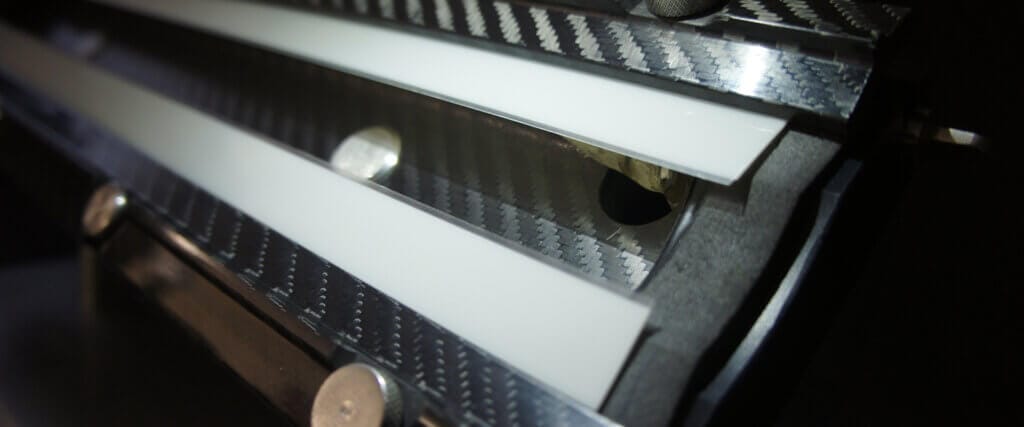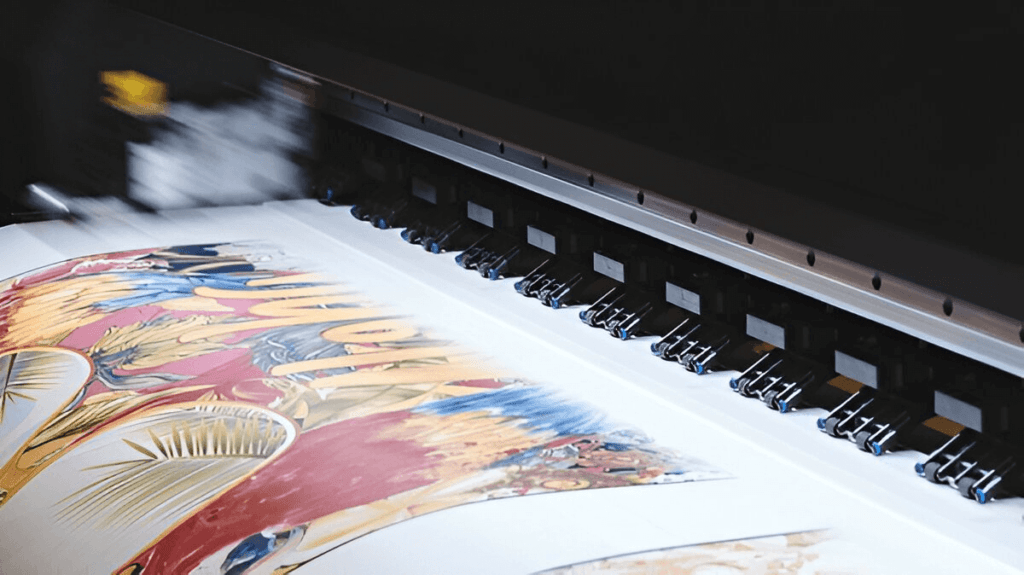Introduction to Carbon Steel Cutter Blades
Carbon steel industrial cutter blades are pivotal tools widely utilized across various industries due to their exceptional strength and durability. Carbon steel, comprising iron and a certain percentage of carbon, offers unique properties that enhance the performance of cutter blades in demanding environments. The ratio of carbon within the steel can significantly impact the hardness, tensile strength, and cutting efficiency of these blades, making them invaluable in both industrial and commercial settings.
The composition of carbon steel can vary, typically categorized into low, medium, and high carbon steel. Low carbon steel contains about 0.05% to 0.25% carbon, providing malleability, while medium and high carbon steels, ranging from 0.26% to above 0.60% carbon, offer greater strength and hardness. This unique balance allows manufacturers to tailor carbon steel industrial cutter blades for specific applications, from cutting tough metals to delicate materials.
One of the essential properties of carbon steel cutter blades is their ability to retain a sharp edge, which is crucial for precision cutting. The rigidity and wear-resistance qualities of carbon steel ensure that these blades can withstand substantial stress and temperature variations encountered during industrial operations. Furthermore, the ability to be hardened through heat treatments amplifies their suitability for high-performance applications.
Industrial applications of carbon steel cutter blades span numerous sectors including manufacturing, automotive, construction, and woodworking. Their versatility facilitates a variety of tasks such as shearing, slicing, and trimming, highlighting their significance in increasing operational efficiency. By choosing carbon steel for cutter blades, industries benefit from improved productivity and reduced replacement frequency, underscoring the material’s position as a preferred choice for quality cutting tools.
Strength and Durability: Key Attributes of Carbon Steel Blades
Carbon steel industrial cutter blades are renowned for their exceptional strength and durability, which are critical attributes for various industrial applications. One of the primary reasons these blades are favored within the industry is their remarkable hardness. The hardness of carbon steel, typically measured on the Rockwell scale, ensures that the blades maintain their sharp edges and resist deformation even under intense pressure. This characteristic is particularly beneficial in manufacturing environments where precision cutting is paramount.
In addition to hardness, carbon steel blades exhibit impressive resistance to wear. The wear resistance refers to the ability of a material to withstand the continual abrasion from cutting tasks, which is a common challenge in many industries. As carbon steel is often treated with different heat treatment processes, it enhances the blade’s lifespan significantly, making them a cost-effective choice. Comparatively, blades made from softer materials may require more frequent replacements, thus increasing operational costs over time.
Another advantage of carbon steel industrial cutter blades is their capability to endure extreme operating conditions. These blades can perform in environments with fluctuating temperatures, dust, and moisture without compromising their integrity. For instance, in the construction industry, these blades are frequently used to cut through thick materials like metal and wood, where the demands of the job can be severe. The resilience of carbon steel under such strenuous conditions demonstrates why it is the preferred choice for many industrial applications.
Real-world examples further emphasize the reliability of carbon steel blades. Industries ranging from automotive to manufacturing have adopted these blades for their effectiveness over competing materials, ensuring precision and longevity in their operations. As a result, carbon steel continues to be a staple material, proving that its strength and durability are unmatched in the world of industrial cutting tools.
Industrial Applications of Carbon Steel Cutter Blades
Carbon steel industrial cutter blades are esteemed for their cutting precision and durability, making them essential tools across numerous industrial sectors. One prominent industry that heavily relies on these blades is manufacturing. In fabrication plants, carbon steel cutter blades facilitate the swift and accurate cutting of various materials such as plastics, metals, and composites. Their ability to maintain sharpness over prolonged periods allows manufacturers to optimize production processes while minimizing downtime for blade changes.
In the construction sector, the robustness of carbon steel cutter blades is invaluable. These tools are commonly used for cutting through tough materials, such as concrete and metal sheets, illustrating their versatility. For instance, in a recent project involving highway construction, a contractor reported that utilizing carbon steel blades significantly accelerated the cutting operations while ensuring clean, precise cuts, enhancing overall project efficiency.
Another critical application is observed in metalworking industries, where carbon steel cutter blades play a pivotal role in operations such as shearing, chipping, and sawing. These blades are specifically designed to withstand high levels of stress, which is essential for effectively handling metallic materials. Professionals in the metalworking sector have often praised carbon steel cutter blades for their reliability and performance, resulting in cost savings through reduced wear and tear. A survey among metalworkers revealed that 85% prefer carbon steel blades due to their ability to deliver efficient results, thereby endorsing their widespread use.
Moreover, the adaptability of carbon steel cutter blades allows their application in various specialized fields, including woodworking and textile industries. Each of these applications benefits from the unique attributes of carbon steel, reinforcing the industry’s reliance on these versatile cutting tools. The collective evidence from multiple industrial sectors underscores the critical role of carbon steel industrial cutter blades in enhancing efficiency and effectiveness across diverse cutting operations.
Choosing the Right Carbon Steel Cutter Blade for Your Needs
When selecting a carbon steel industrial cutter blade, several key factors must be considered to ensure optimal performance for specific applications. One of the primary considerations is the size of the blade. The diameter and length of the blade should be compatible with the machinery being used, as well as appropriate for the materials that will be cut. If a blade is too large or too small, it may not perform effectively, leading to reduced precision and potential damage to both the blade and the workpiece.
Another important aspect is the thickness of the carbon steel cutter blade. Thicker blades tend to offer greater durability and strength, making them suitable for cutting tougher materials. However, a thicker blade may sacrifice some flexibility and precision, which could negatively impact more delicate cutting tasks. Thus, understanding the balance between thickness and flexibility based on the intended application is crucial.
The design of the cutter blade also plays a significant role in its effectiveness. Blades come in various designs, such as straight-edge or serrated, depending on the specific cutting needs. For instance, serrated blades are particularly effective for cutting through softer materials or for applications requiring a sawing motion, while straight blades are typically favored for clean cuts through harder materials.
In addition to selecting the right blade, maintenance and care are vital for ensuring longevity and performance. Regular cleaning, proper storage, and timely sharpening can significantly extend the lifespan of carbon steel industrial cutter blades. It is advisable to consult the manufacturer’s guidelines for maintenance recommendations specific to the product.
Lastly, sourcing carbon steel cutter blades from reputable manufacturers and suppliers can greatly influence the quality of the product. Researching reliable companies and reading customer reviews can provide insights into the performance and durability of their products. By considering these factors, one can make informed purchasing decisions, tailored to meet specific industrial needs effectively.






